Almost every home uses electric service to one degree or another. And sooner or later, something is going to go wrong with your home’s electrical system. Whether you’re looking to add a light fixture or run rough electric for an addition, here are a few key facts that your electrician wishes you knew.
Don’t Ignore Warning Signs
The most important thing any electrician wants you to do is to never, ever ignore the warning signs that indicate problems in your electrical system. Whether it’s a popping noise from an outlet, a light switch that runs extremely hot, or a breaker that won’t reset, when you have an electrical issue, it’s important that you take it seriously.
Luckily, most electrical issues can be resolved relatively quickly, as long as they are not allowed to fester and become an increasing hazard over time. There’s a reason that awareness of electrical issues is a key step in preventing fires in the home.
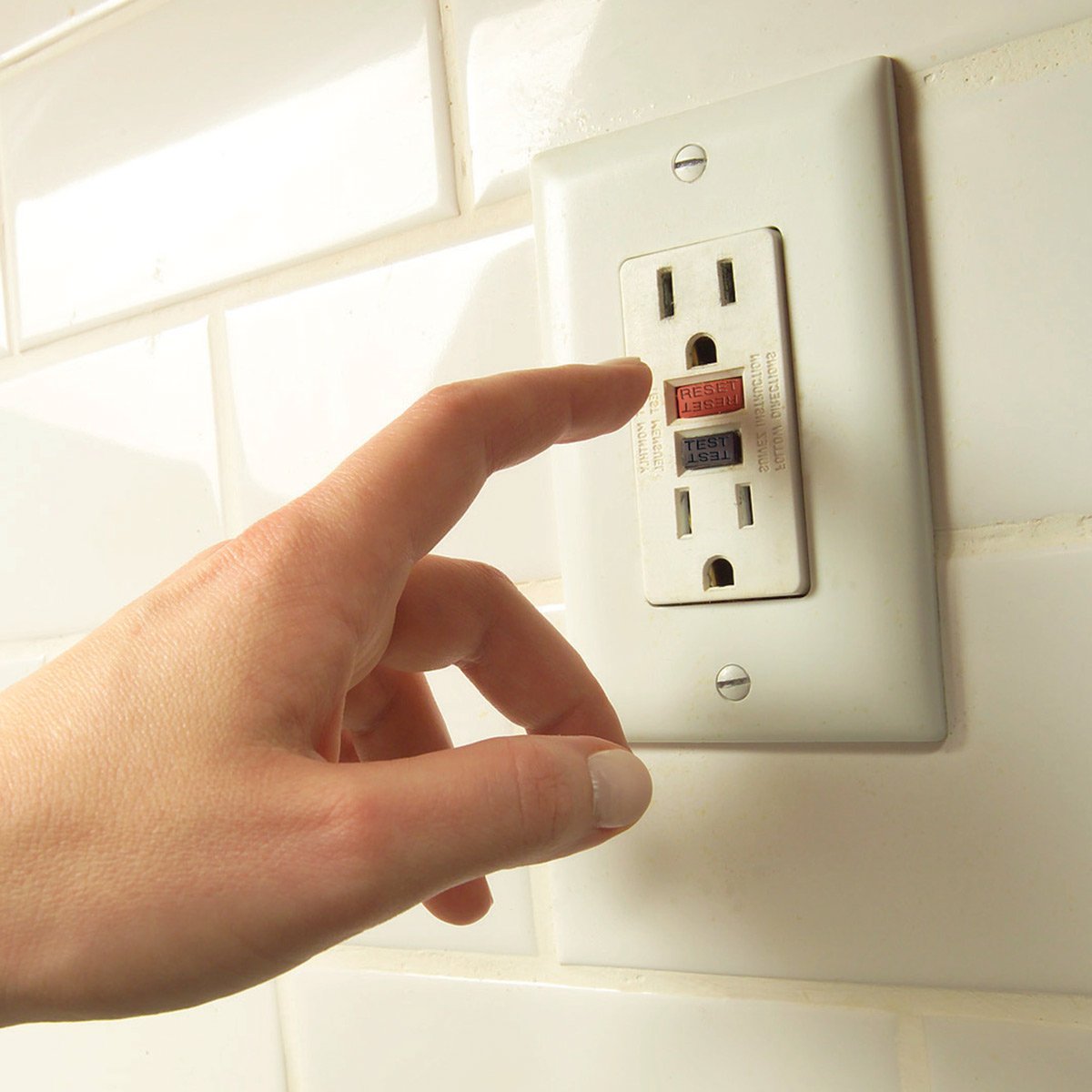
Understand GFCI
One of the most common service calls electricians get is about what appears to be a failure in a bathroom circuit. By code, all outlets within 6 feet of a water source are required to be protected by a ground fault circuit interrupt (GFCI). These are important safety devices that cut off power if a circuit is losing amperage, so GFCIs are most commonly seen in bathrooms and exterior outlets. The thing that your electrician wants you to remember is that a single GFCI device protects everything else “downstream” on that circuit. Because bathrooms are often not on an isolated circuit, that means a triggered GFCI will kill the power to outlets and lights that may seem unrelated. And things can be even more confusing when the GFCI is installed at the electrical breaker box itself.
This service call is especially common for outdoor circuits and in homes where multiple bathrooms are on a single circuit, and it’s the reason that checking the GFCI is an important part of troubleshooting dead outlets.
Overhead Power Lines are Live!
Overhead lines are normally NOT insulated. When you see birds or squirrels on them, they are only alive because they aren’t completing a circuit by touching the ground or offering the current an easier path than following the cable itself.
Most of the outdoor power lines you see are weather coated at most, with no insulation other than spacers at utility poles. Because they are so high above the ground, this isn’t an issue unless the lines fall, or a worker comes into contact with them while trimming a tree. And while lines that could be touched from a rooftop or tree are insulated, that insulation degrades over time, eventually crumbling and revealing bare wire. Approach all overhead lines with full knowledge of what they are potentially fatal objects best left to a licensed electrician or utility worker.
Know Your DIY limits
The DIY mind-set is wonderful thing. It’s a great way to learn about your home and develop your skills and self-reliance. But, it’s just as important to know the boundaries and limitations of your skills. If you are a DIY newbie, a good rule of thumb is to only work on electrical components that are outside of the wall. As you develop your skills as an amateur electrician, you can do more advanced work, including fishing cable and adding outlets (so long as your local building department allows it). The problem arises when DIY enthusiasts who have more enthusiasm than experience tackle an electrical project, and then bury their less than perfect work behind a layer of drywall.
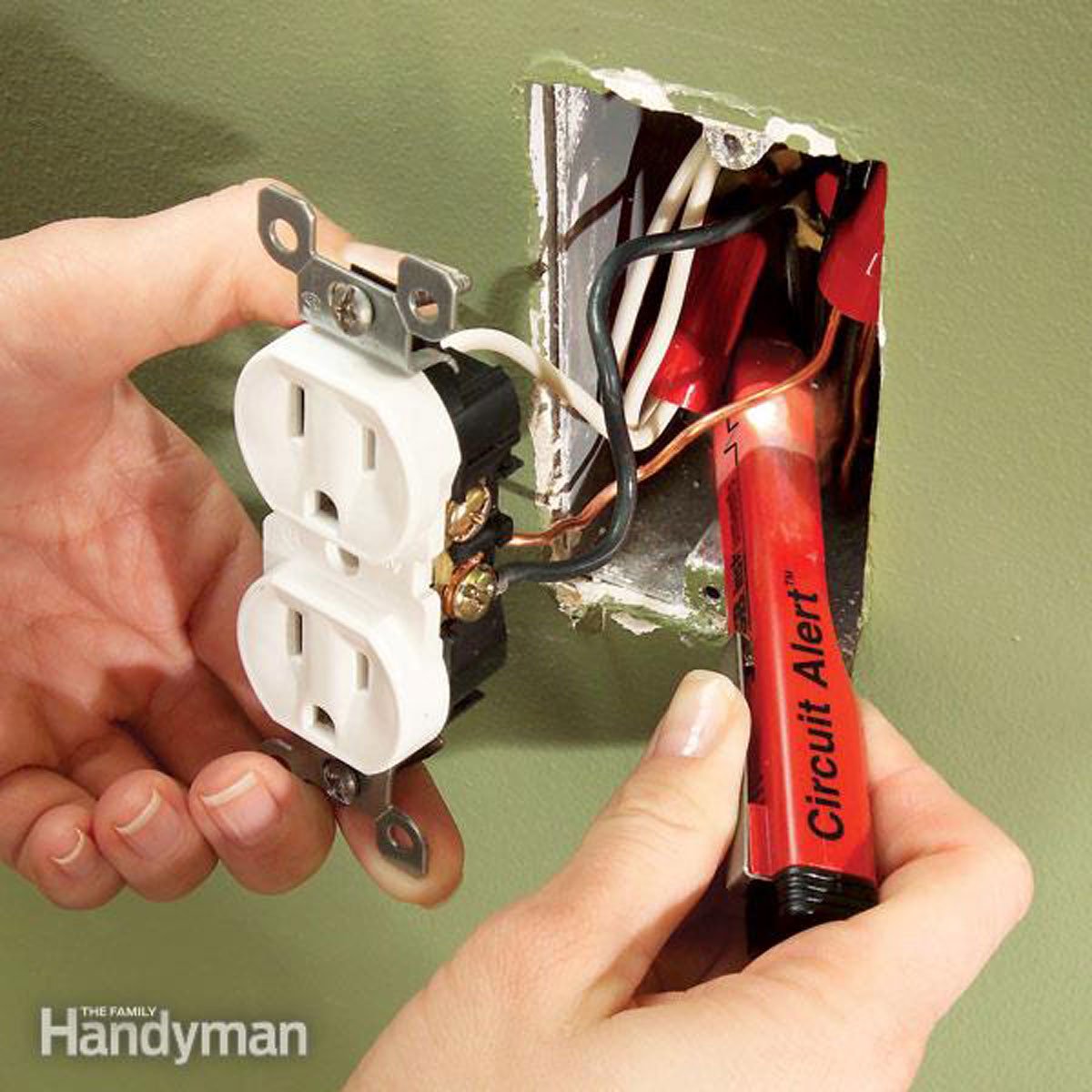
White Isn’t Always Neutral, and Black Isn’t Always Live
We know, this is contradicting best practices, but what your electrician understands is that a home’s electrical system is large, complicated, and may have been worked on by dozens of different people, many of whom may not have been properly trained or following code. The end result is that when you open up an electrical outlet you may find a bewildering bird’s nest of wires, electrical tape and wire nuts. That doesn’t mean you can’t work on it, but it does mean that you need to be very careful and not make assumptions. Always use a non-contact voltage tester to verify that a line is dead before working on it. Here’s how.
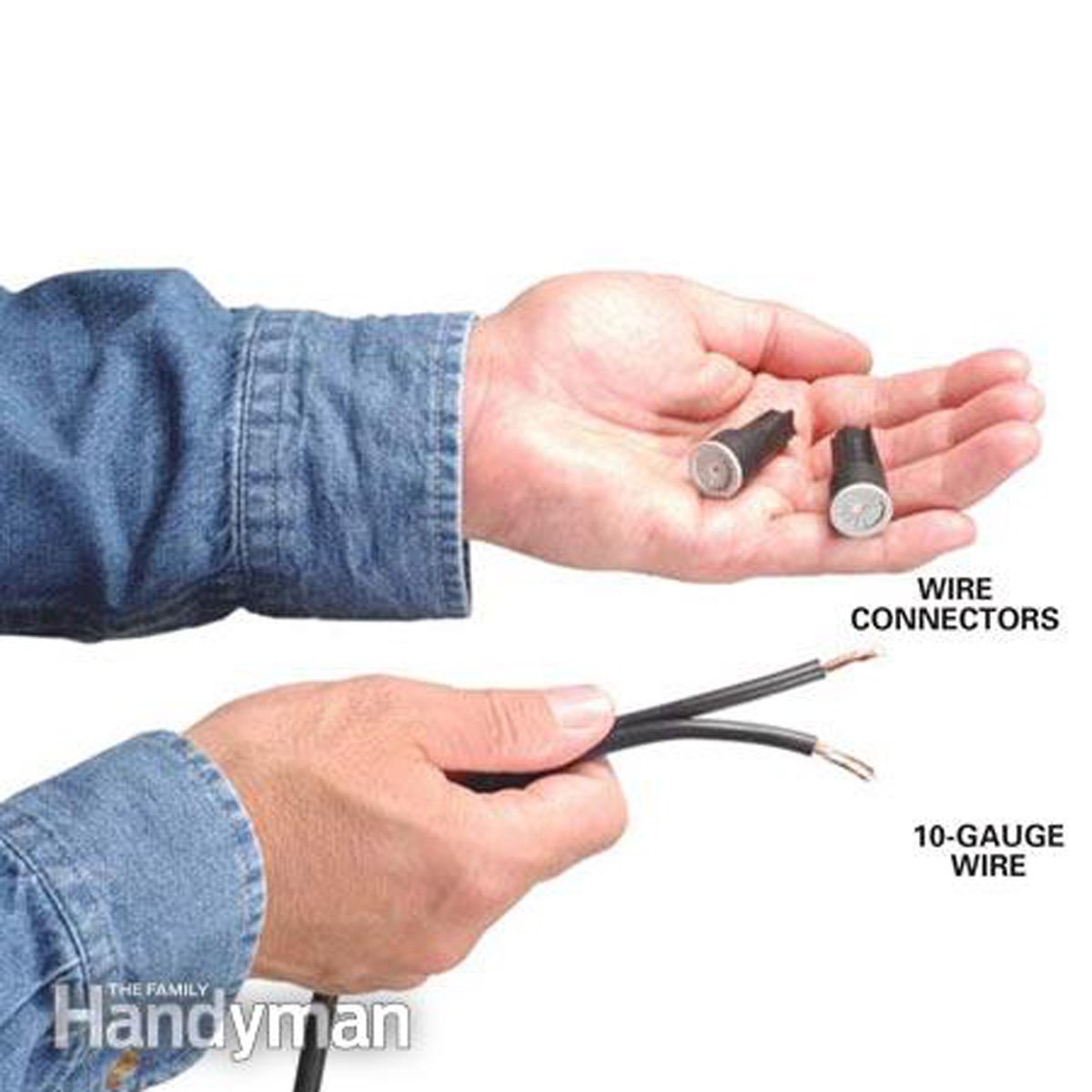
Low Voltage Doesn’t Mean No Danger
We’re not going to try to tell you that a low-voltage system is as dangerous as working on your electrical breaker box. But electricians want you to know that you should still take basic precautions. Treat low-voltage wiring as though it were standard, and you will pick up best practices that will pay off when working in higher voltage situations. Also, your electrician would be quick to remind you that it’s not the voltage that is harmful, but the current. Sometimes even low-voltage wiring can draw a higher than safe current.
A more common hazard when working with low-voltage wiring involves receiving a mild shock that surprises the installer and causes them to fall from a ladder or step stool. And, last but not least, keep in mind the importance of securing connections! A spark from a poorly secured low-voltage connection will ignite combustible materials just as easily as that from a 110v junction. Avoiding this hazard can be as simple as doing the job right, and not doing something as foolish as storing your oily rags next to a low-voltage device.
Vampires are Real!
Well, okay: vampire draws are real. Unlike Count Dracula, these items don’t drain your blood, but they will suck dollars out of your wallet. Electrical devices that have a “standby” mode and things that use remote controls always need to maintain a steady stream of power in order to wake up quickly. In addition, charging devices, such as phone chargers and laptop chargers, draw power even when not plugged into their device. When electricians get calls about high energy bills, “vampire” devices are often the first thing they look at as potential culprits.
Protective Gear is only Protective if it’s Properly Made
Many people know that rubber is a great insulator, and so sometimes DIYers wrap themselves in rubber boots and gloves before tackling electrical issues that make them nervous. The problem is that most household robber isn’t pure. In order to keep the price down, manufacturers mix in additives that lower the cost and increase durability. If you’re relying on rubber to keep you safe from an electrical charge, make sure you’re using actual safety gear.
Have you ever seen a TV show of film where an electrical line falls on a car, but the passengers are safe? That’s actually accurate, but not because the tires are insulating the vehicle. It’s because the tires are such good conductors that the electricity takes the path of least resistance, traveling to the ground through the tires and bypassing the interior completely.
Take a tip from your electrician, and make quality insulators part of your standard kit of protective gear.
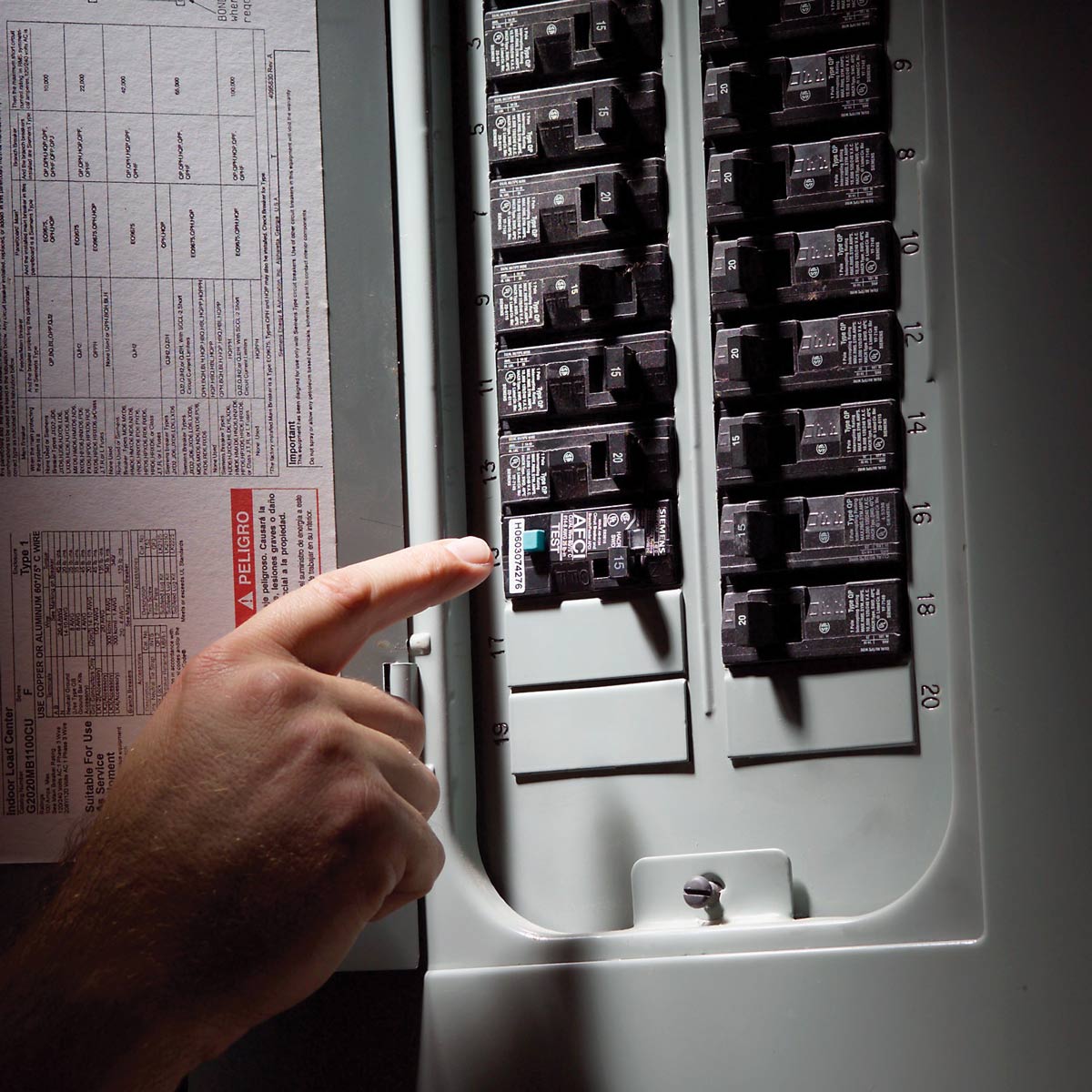
NEVER Tape or Hold Down a Circuit Breaker
Ask any electrician, and they can tell you: circuit breakers work because they break the circuit! When a breaker keeps popping, you have to find and fix the problem. If you hold a breaker down with tape, then the dangerous conditions will only continue, and you’ll be setting yourself up for a major problem. Forcing the breaker to maintain contact is a recipe for disaster, and should be avoided at all costs.
You Don’t Have to be an Electrician to Work with Electricity
Many of these tips are cautionary tales. But they’re not intended to scare you away! The fact is, many electricians are eager to encourage homeowners to learn how to do basic electrical work on their own.
Whether it’s something as simple as repairing a cut extension cord or roughing-in the electrical for a new addition, if you have the patience and perseverance to learn a new skill, Family Handyman has the know-how to help you get it done!
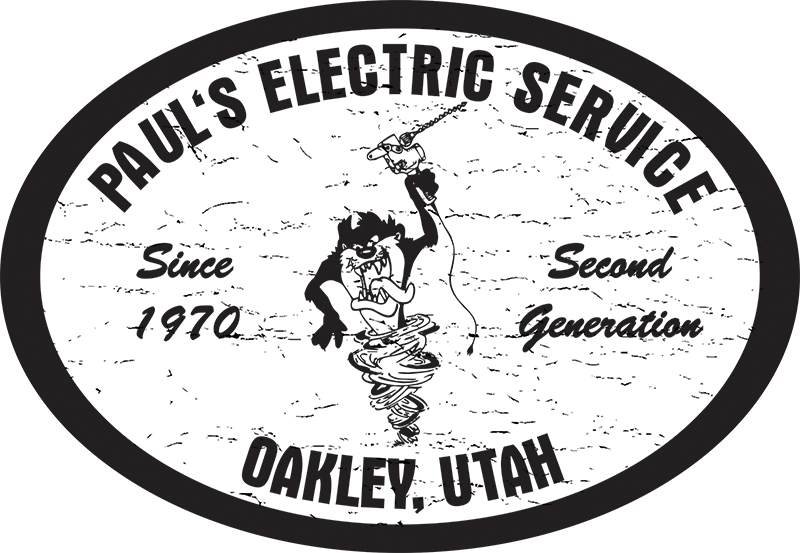

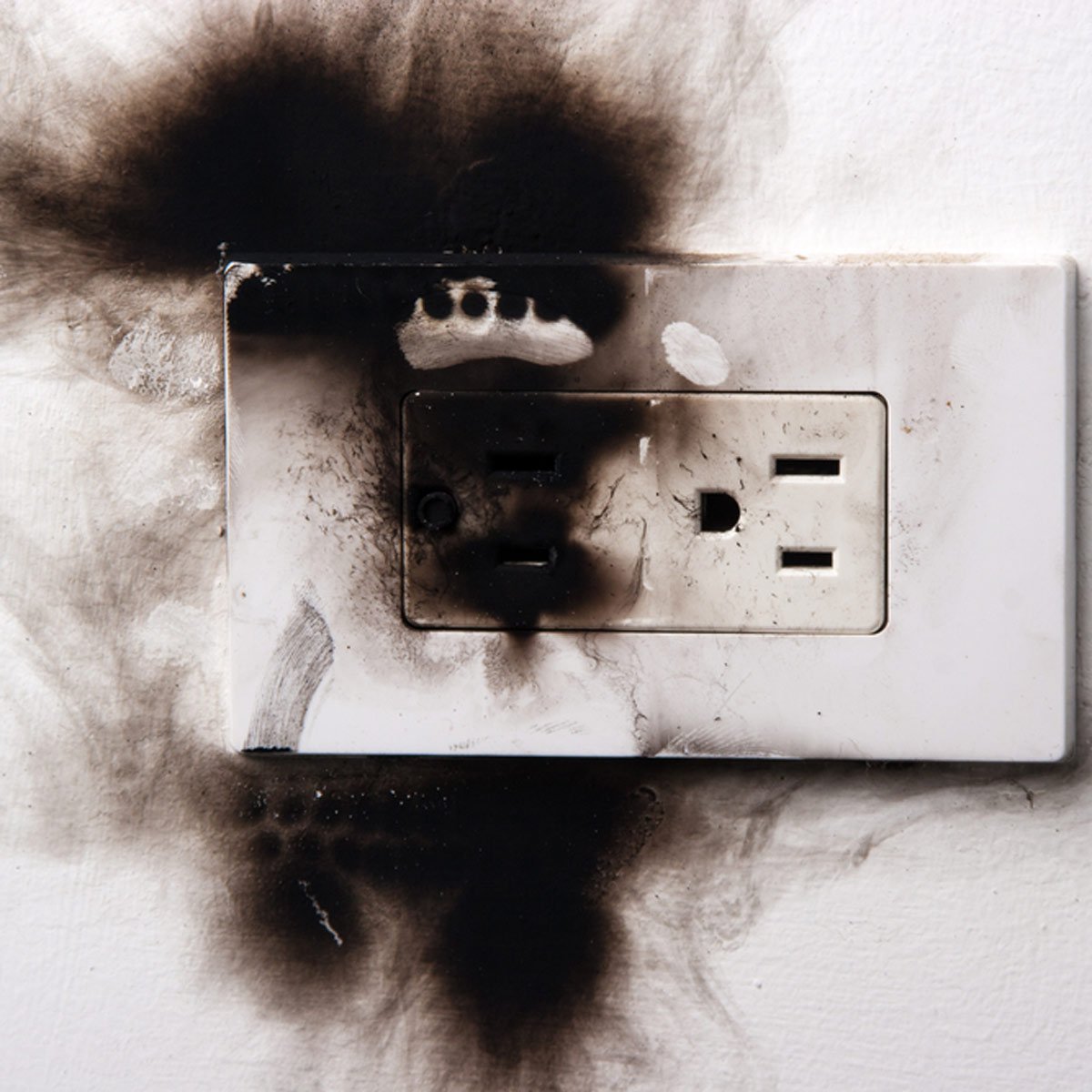 herjua/Shutterstock
herjua/Shutterstock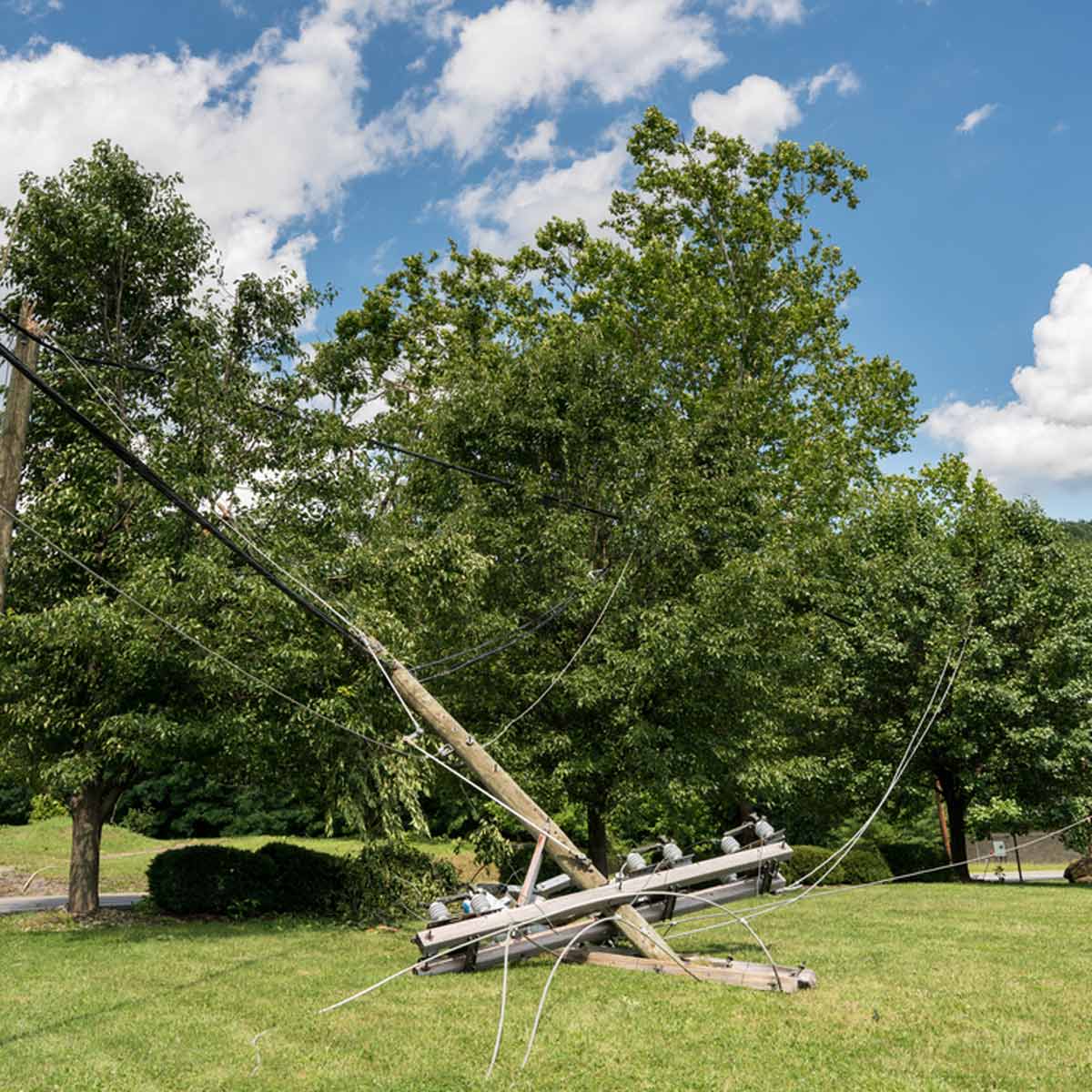 Steve Heap/Shutterstock
Steve Heap/Shutterstock Elnur/Shutterstock
Elnur/Shutterstock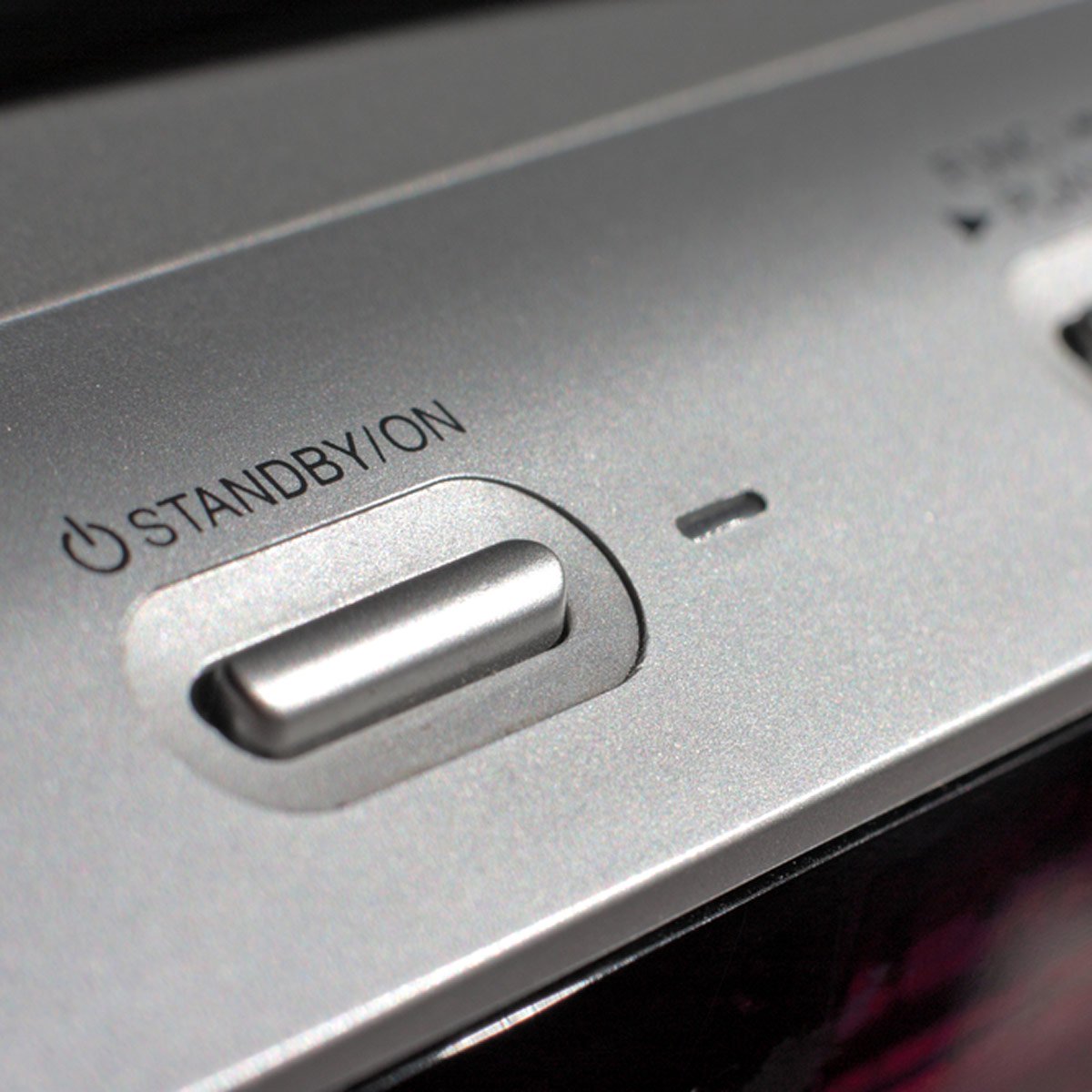 Gyvafoto/Shutterstock
Gyvafoto/Shutterstock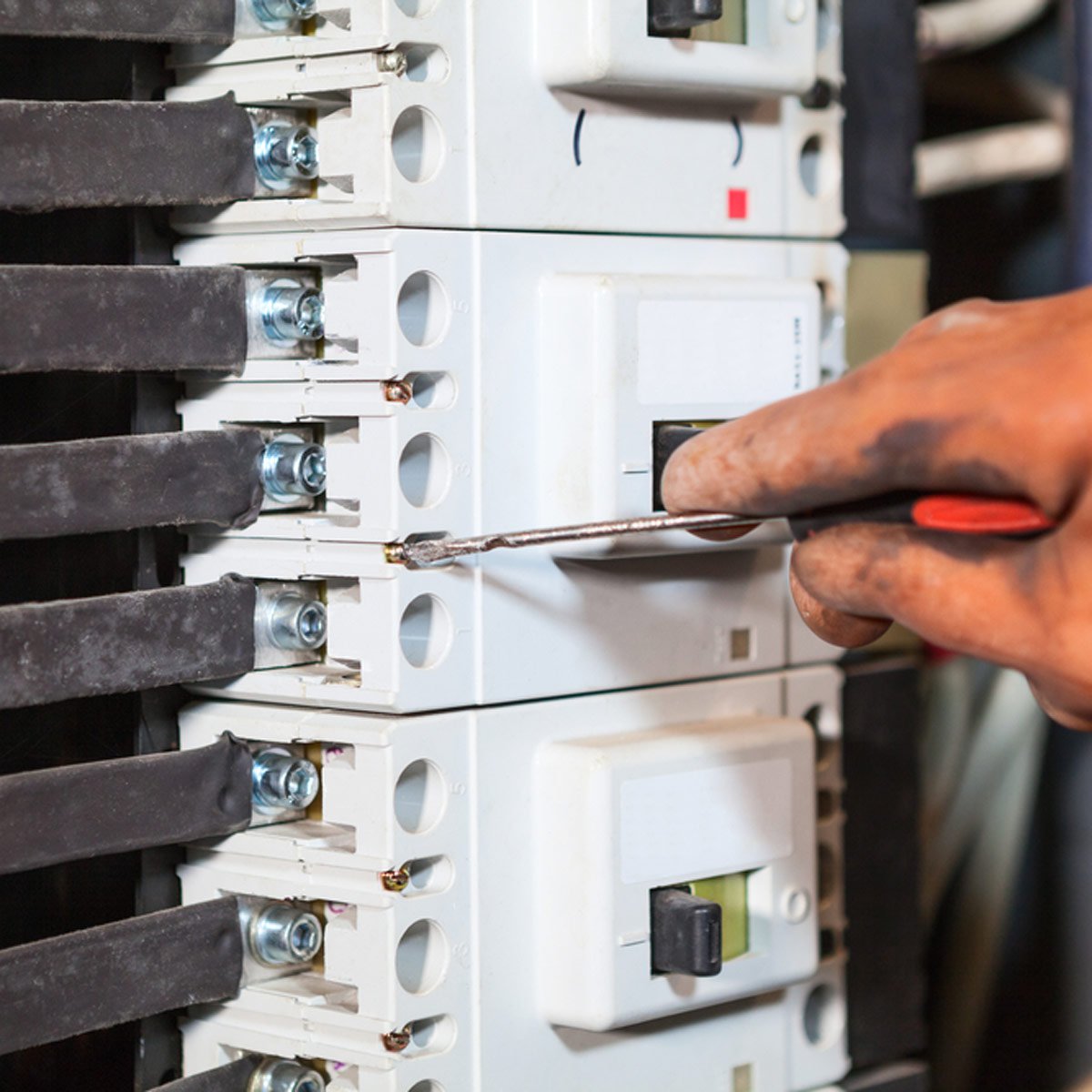 Kekyalyaynen/Shutterstock
Kekyalyaynen/Shutterstock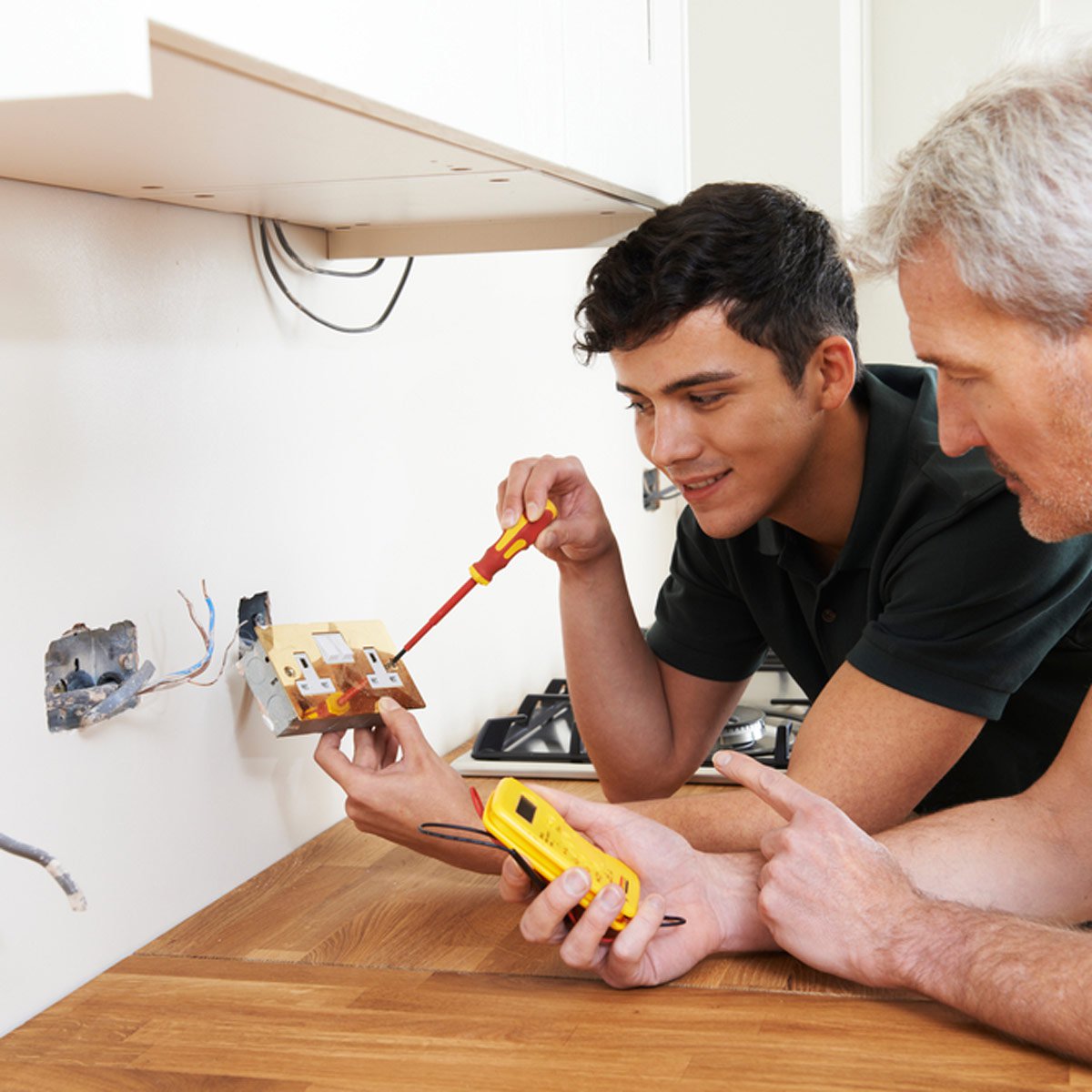 SpeedKingz/Shutterstock
SpeedKingz/Shutterstock